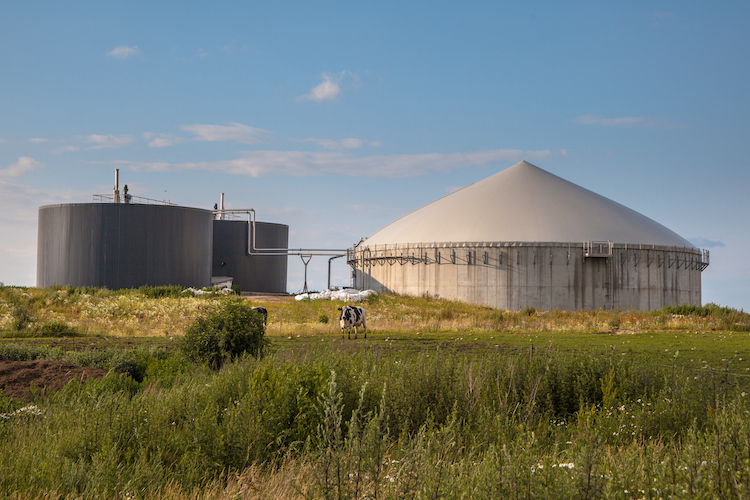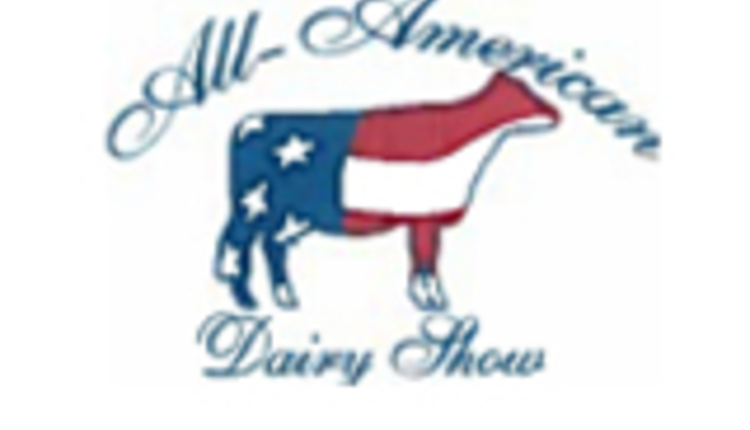
Roughly one-third of the food in the U.S. is wasted through the processing, retail, and consumer levels. That’s a problem that too often gets swept under the rug — or more literally, thrown out with the trash. But every consumer and person along the supply chain plays a part in that story, for better or for worse.
We know that the dairy community has a great role in the effort to reduce the amount of food wasted in our country. That story was recently amplified in a TIME magazine online article.
The story “Cows are the unlikely heroes in the fight against food waste” placed by the dairy checkoff discusses how cows are uniquely equipped to upcycle by-product feeds from agricultural processing. With the ability to transform human inedible fiber, protein, and more, Juan Tricario explains that U.S. dairy cows consume 32 to 41 million metric tons of food waste that would otherwise end up in a landfill. Tricario serves as senior vice president of environmental research at Dairy Management Inc.
Of course, the milk those cows transform their ration into provides a nutrient-dense, versatile food product that is an invaluable part of a healthy human diet.
Further, the article explains how some farms that are already using anaerobic digesters to reduce the environmental impact of the manure produced by their cows can also process post-consumer food waste. Microorganisms that break down manure into biogas can digest food products in much of the same way, creating power for the farm and even the surrounding community from food items that were no longer valuable as food.
The story highlights one great example of this work in Reinford Farms of Pennsylvania, which takes about 35,000 tons of food waste into the anaerobic digesters annually. With the addition of a depackager, they can take in packaged products from grocery stores and restaurants in addition to raw items like produce. The machine also allows them to recycle the cardboard, tin, and aluminum food packaging.
The article closes by discussing the enteric methane emissions of cattle and how the dairy community is researching tools to mitigate that impact. First, though, it notes how much progress the industry has already made in reducing its environmental footprint in terms of land and water use and carbon emissions.
Though the story is one dairy farmers and the industry know well, it is always worth reiterating with consumers who are looking to feel good about the purchases they are making. Read the article here.









